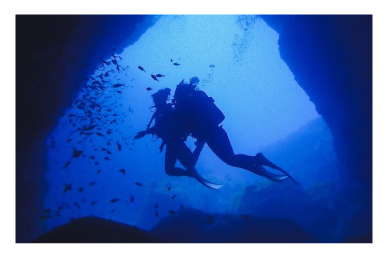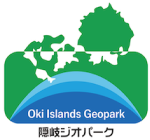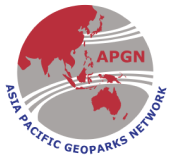About the Oki Islands
Immerse in Nature on the Hidden Isles
Designated as a UNESCO Global Geopark, the Oki Islands are known for their abundance of natural beauty and a unique culture that offers a different experience from the main islands of Japan. Here, visitors can step back, connect with nature, and develop authentic connections with the island people.
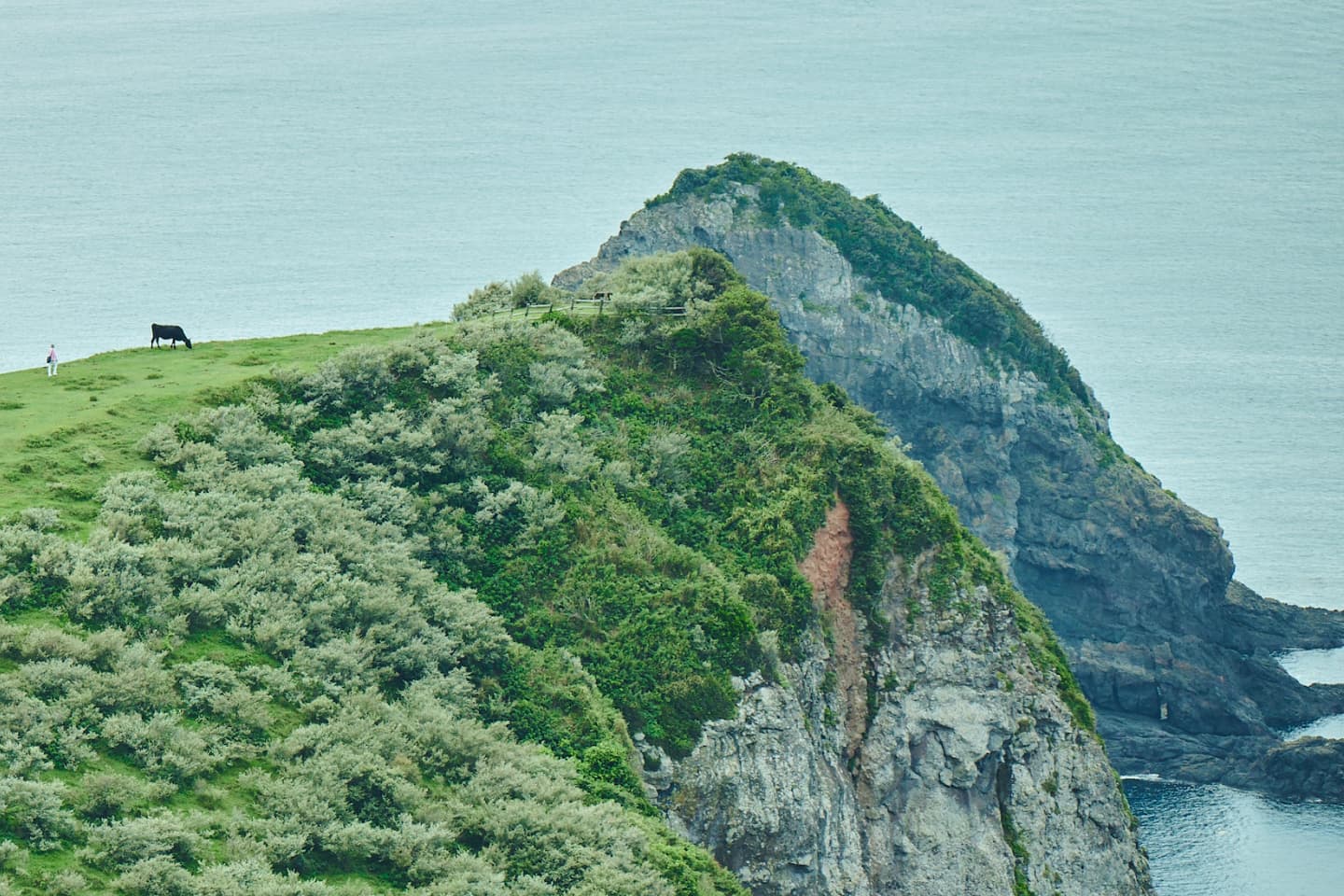
Attractions of the Oki Islands

Remote Islands Where the Earth’s Memory Lives on
Immerse in nature and admire the beautiful scenery sculpted by the Earth. The unique history and culture of the Oki Islands have been shaped by the ever evolving landscape.
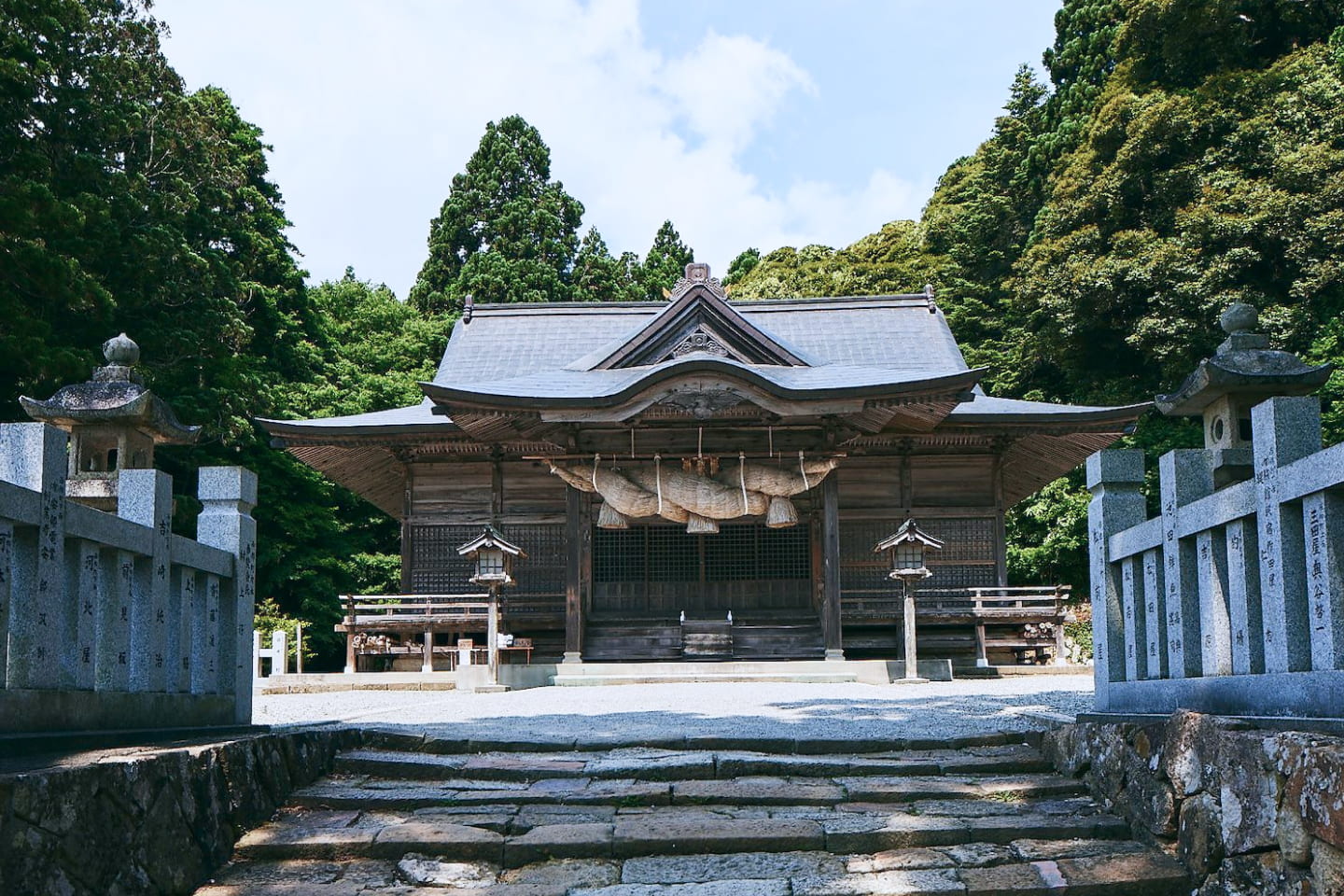
Attractions of the Oki Islands

Echoes of the Past: Culture Fostered by Rich History
From the islands of exile to an essential port of call for merchant ships, the Oki Islands played an important role throughout history. The vestiges of that distant past can still be observed today.
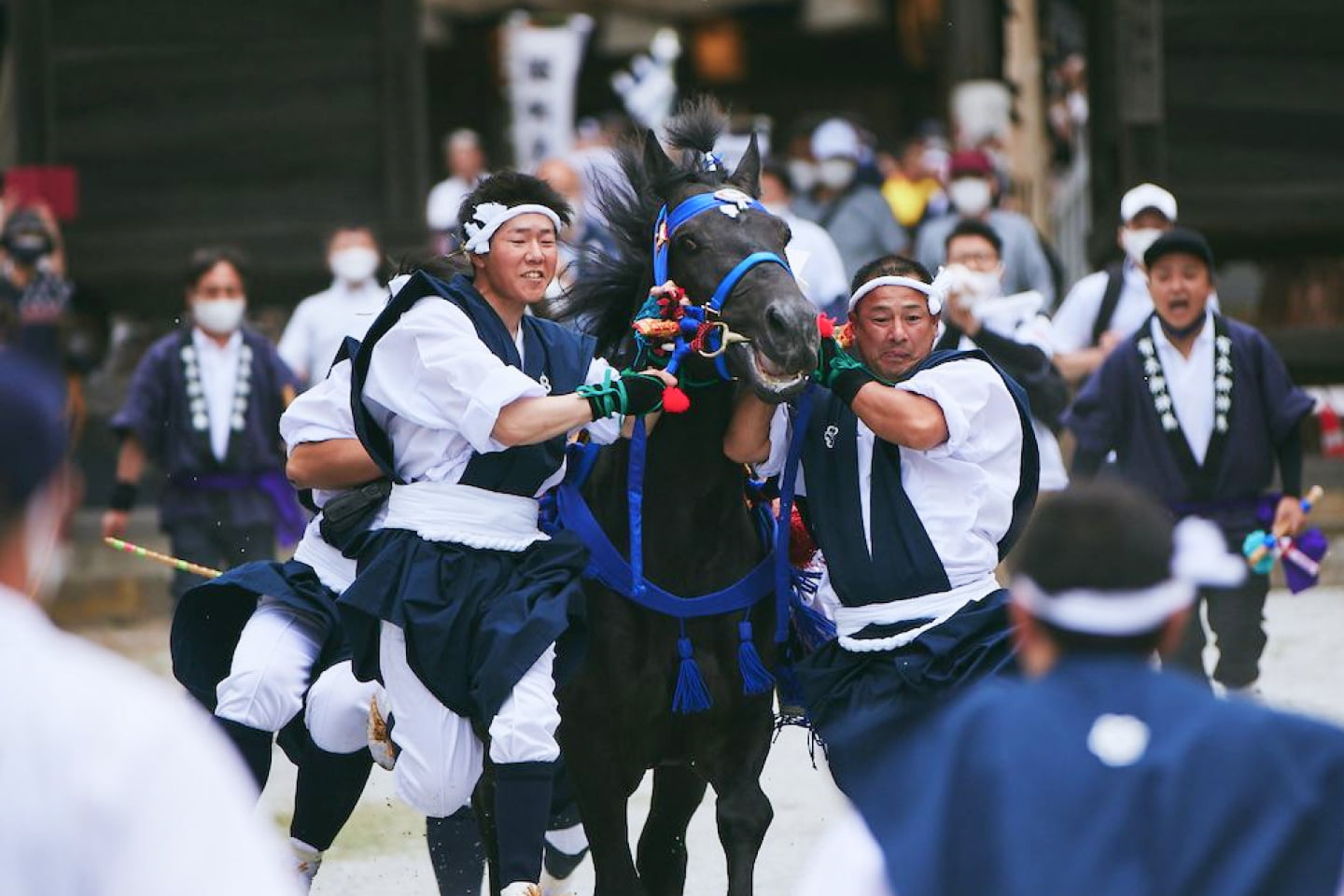
Attractions of the Oki Islands

Culture and Festivals Handed Down to the Modern Day
Uniquely Oki, the traditions and culture of the islands have been preserved and inherited by the islanders with pride.
There are more than 100—big and small—shrines and temples here with numerous hyperlocal festivals organized throughout the year.
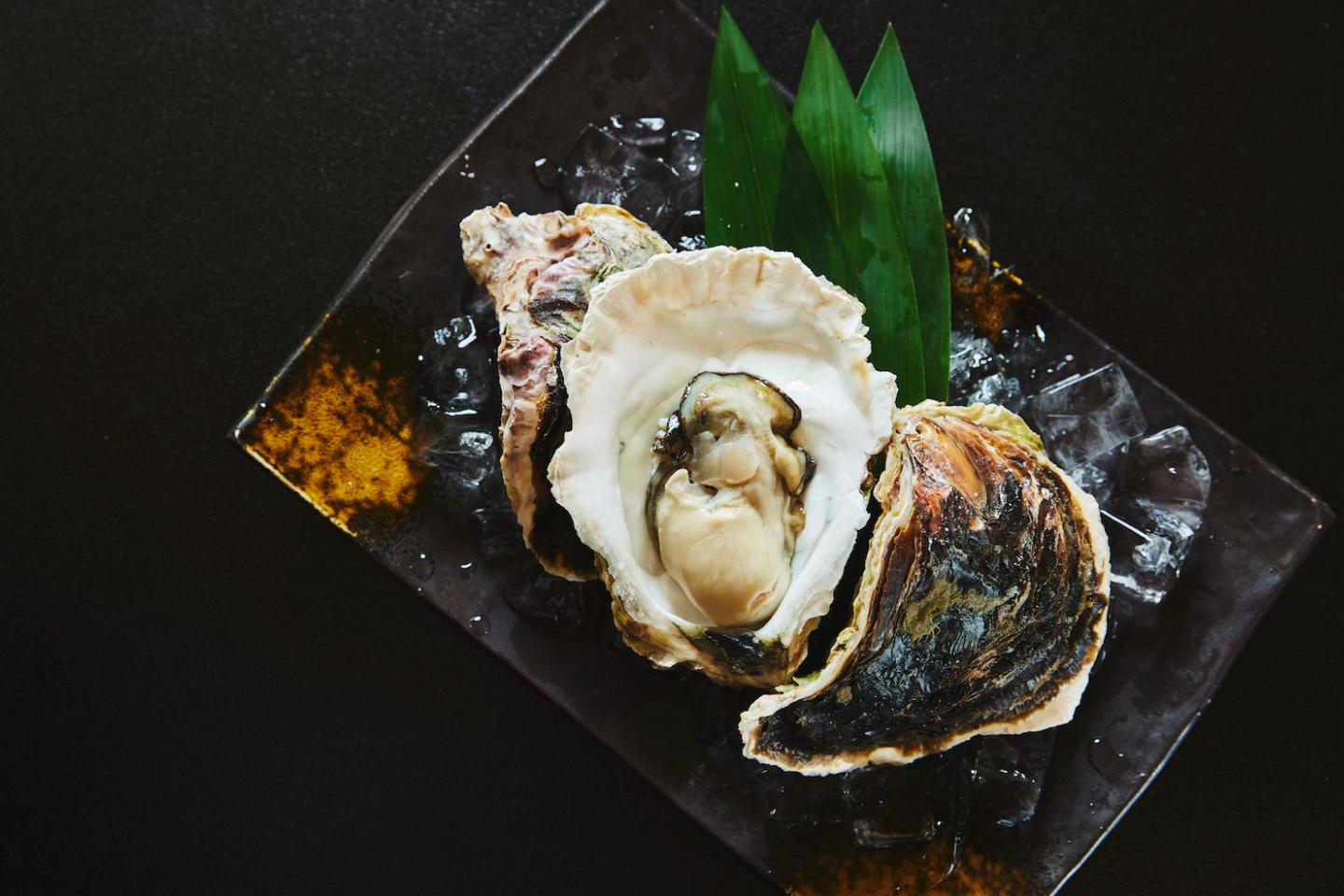
Attractions of the Oki Islands

Blessings of Nature, Blessings of Life
Fresh fish and shellfish from the abundant local waters and sake made from water nominated as one of the 100 Best Waters in Japan.
Appreciate nature, and savor all its blessings.
Remote Islands Recognized as a UNESCO Global Geopark
The Oki Islands are located 40–80 km off the Shimane Peninsula. Consisting of four inhabited islands as well as plentiful uninhabited islands, they offer breathtaking views no matter where you go.
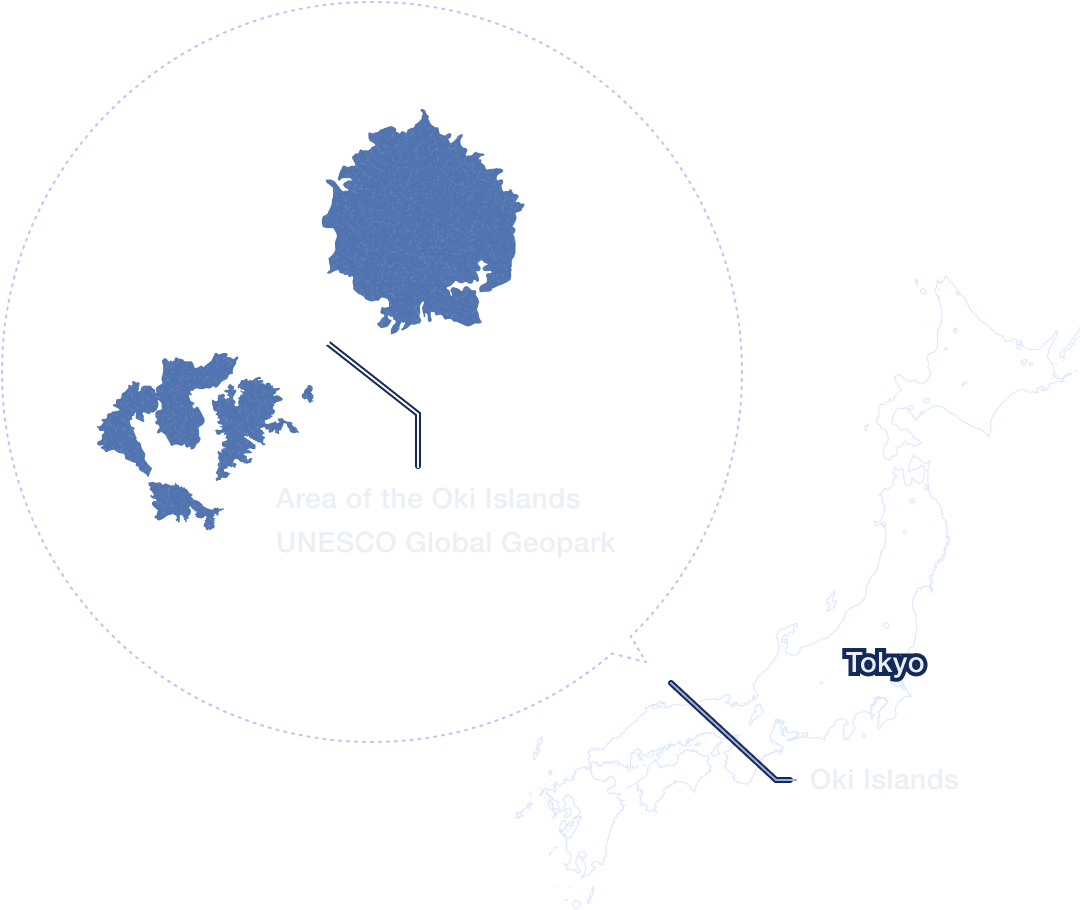
The Oki Islands were recognized as a Global Geopark in 2013 in recognition of the unique characteristics found here, including changes to the land ongoing since long ago and the ecosystems, human lifestyles, and cultures that have since emerged.
Oki Islands
The Oki Islands are a collection of many uninhabited islands and four inhabited islands: Dōgo Island, Nishinoshima Island, Nakanoshima Island and Chiburijima Island.
Okinoshima Town is on the largest island (Dōgo Island) and lies slightly away from the other three inhabited islands.
Nishinoshima Town, Ama Town and Chibu Village, lying respectively on Nishinoshima Island, Nakanoshima Island and Chiburijima Island, lie closer to each other and are collectively known as the Dōzen Islands.
-
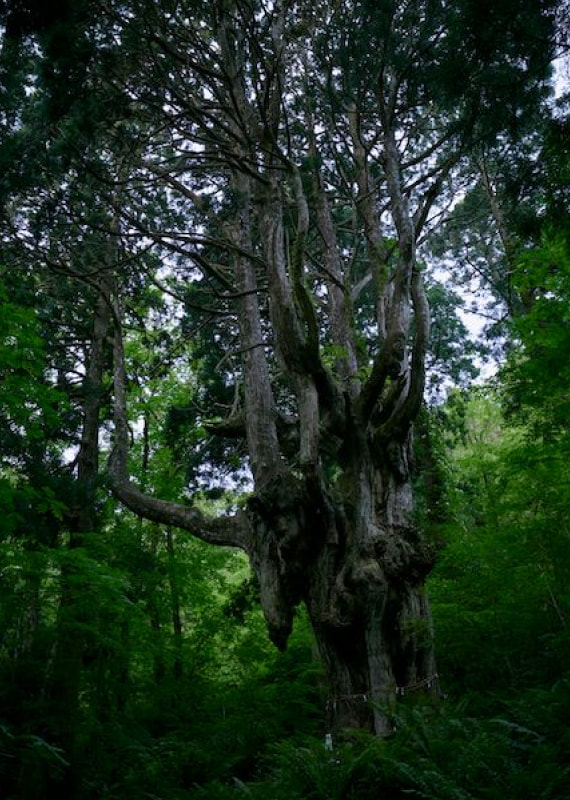
Okinoshima Town (Dōgo Island)
A large island, where the trees of the gods dwell.
-
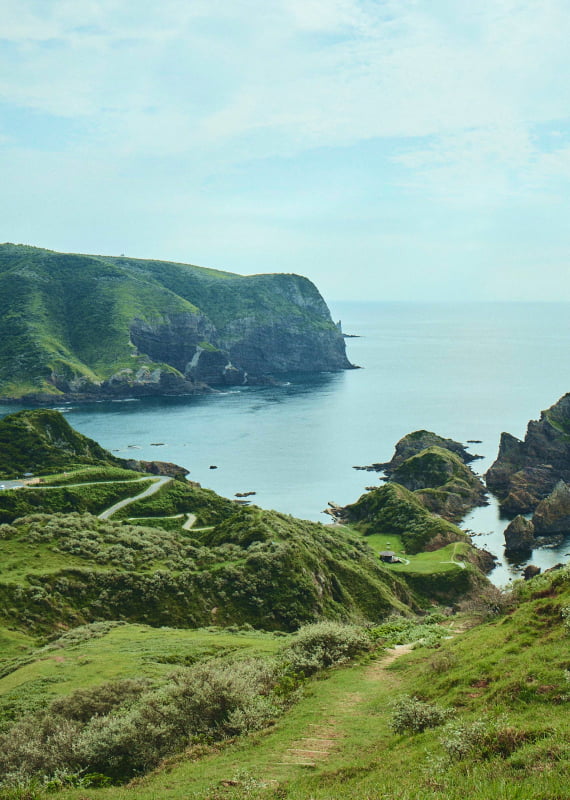
Nishinoshima Town (Nishinoshima Island)
Mt. Takuhi, fishing traditions, and spectacular views.
-
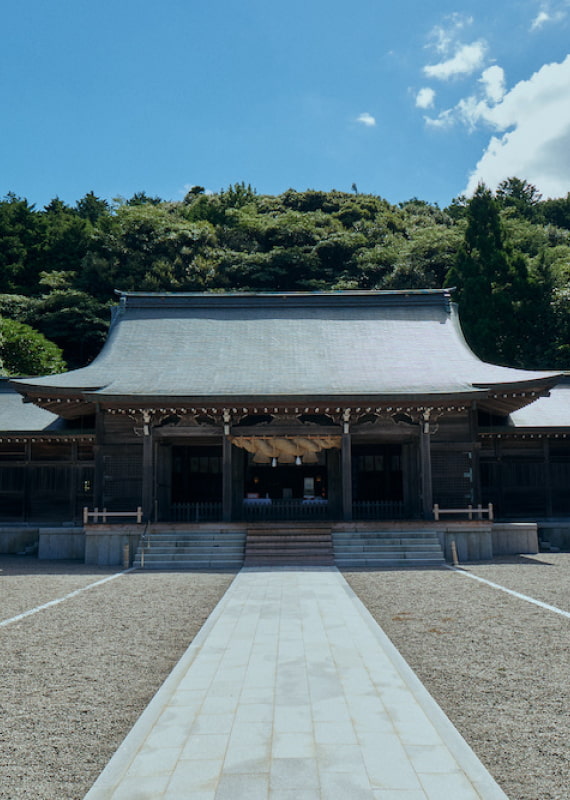
Ama Town (Nakanoshima Island)
Esteeming the old, welcoming the new.
-
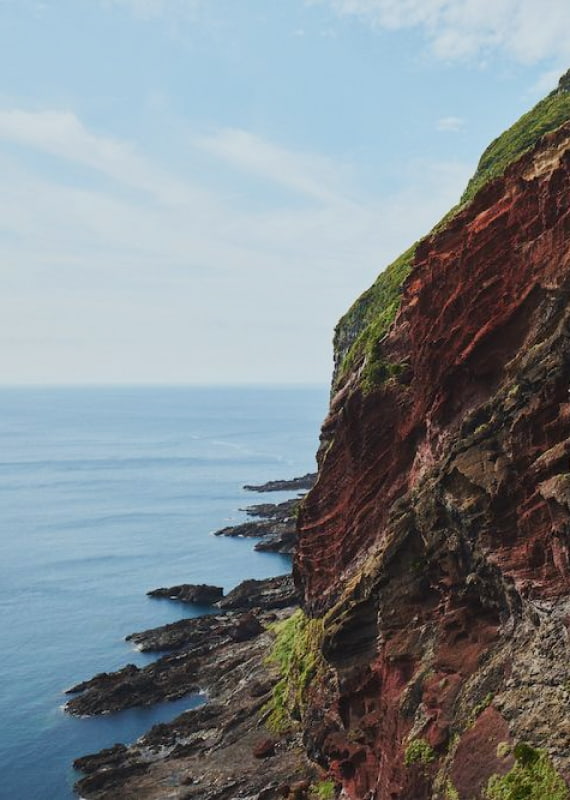
Chibu Village (Chiburijima Island)
The serenity of history. A pastoral song of the Earth.


Travel Tips to Know
Make sure to check when planning your holiday!

